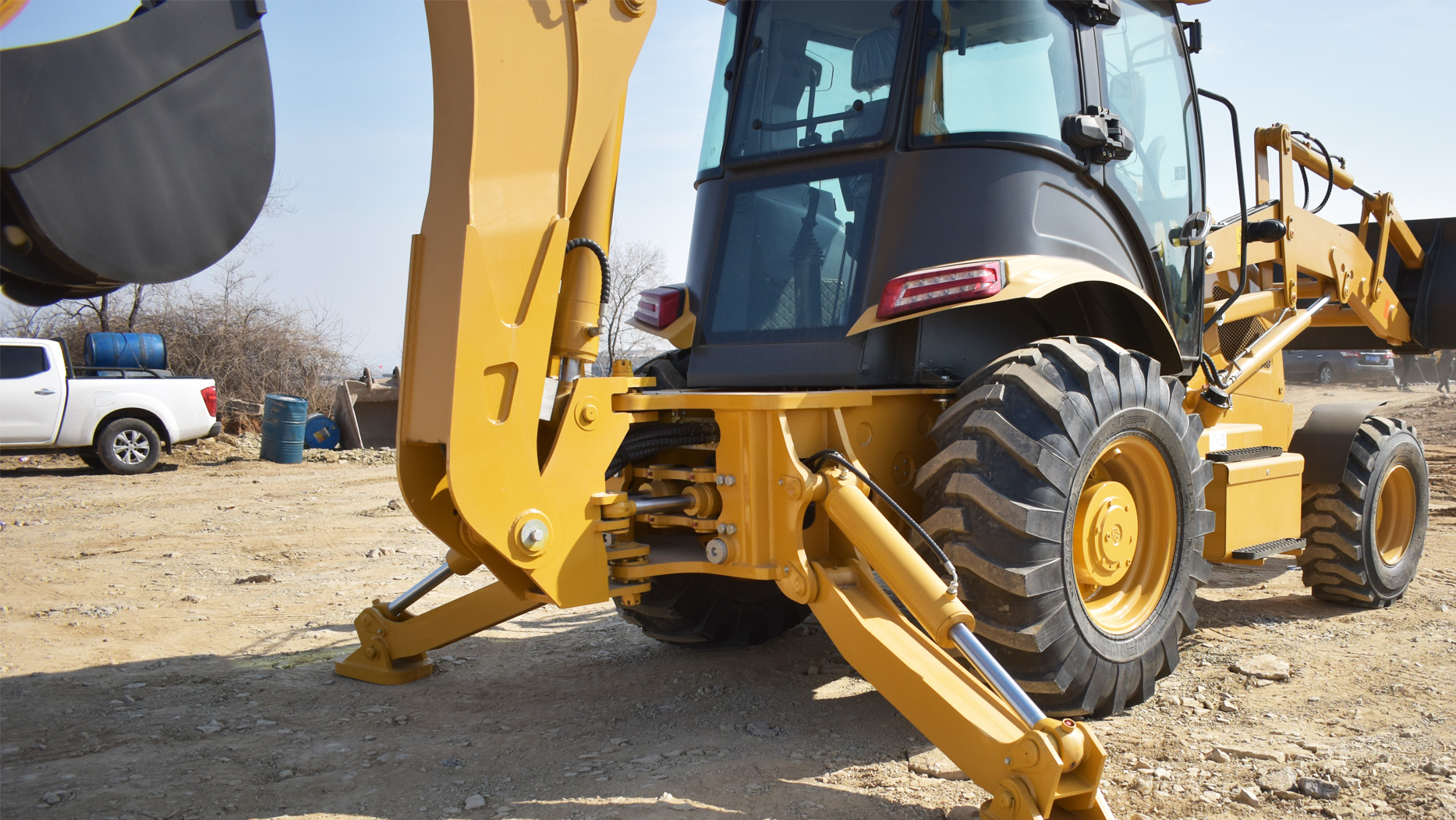I. Introduction
In the world of construction and heavy machinery, selecting the right equipment is crucial for efficiency and productivity. Two commonly used machines are telehandlers and backhoes, each serving distinct purposes in various industries such as construction, agriculture, and logistics. While both are versatile and valuable, they differ significantly in their design, function, and applications.
Understanding the differences between a telehandler and a backhoe helps operators, contractors, and business owners make informed decisions when selecting machinery for specific tasks. This article provides an in-depth comparison of these two machines, exploring their unique features, advantages, and best use cases.
II. Understanding Telehandlers
A. Definition and Primary Function
A telehandler, short for telescopic handler, is a multipurpose lifting machine equipped with a telescoping boom that extends forward and upward. It functions similarly to a forklift but offers greater reach and lifting capacity, making it ideal for handling materials at height.
B. Key Components and Operational Mechanism
- **Telescopic Boom:** Allows the machine to lift loads to significant heights.
- **Attachments:** Can be equipped with forks, buckets, winches, or platforms.
- **Four-Wheel Drive:** Enhances maneuverability on rough terrain.
- **Stabilizers:** Provide additional balance when lifting heavy loads.
C. Common Applications in Industries
- **Construction:** Lifting and placing materials such as bricks and steel beams.
- **Agriculture:** Stacking hay bales and handling feed.
- **Logistics & Warehousing:** Moving pallets in storage yards.
A. Definition and Primary Function
A backhoe is a versatile earthmoving machine with a front loader bucket and a rear excavating arm (backhoe). It is commonly used for digging trenches, moving soil, and demolition tasks.
B. Key Components and Operational Mechanism
- **Loader Bucket:** Used for lifting and carrying materials.
- **Backhoe Arm:** Designed for digging and trenching.
- **Hydraulic System:** Powers the digging and lifting mechanisms.
- **Wheels or Tracks:** Provides mobility across different terrains.
C. Common Applications in Industries
- **Excavation:** Digging foundations and trenches.
- **Roadwork:** Repairing roads and laying pipes.
- **Landscaping:** Moving earth and grading land.
IV. Key Differences Between a Telehandler and a Backhoe
A. Design and Structure
- **Telehandler:** Features a telescopic boom with lifting capabilities.
- **Backhoe:** Equipped with both a front loader and a rear excavator.
B. Primary Function and Usage
- **Telehandler:** Primarily used for lifting and material handling at heights.
- **Backhoe:** Specializes in digging, trenching, and earthmoving.
C. Mobility and Terrain Adaptability
- **Telehandler:** Moves efficiently on construction sites but is less suited for digging.
- **Backhoe:** Can operate on various terrains and is highly mobile for excavation tasks.
D. Attachment Compatibility
- **Telehandler:** Compatible with forks, buckets, and lifting attachments.
- **Backhoe:** Works with hammers, augers, and trenching tools.
E. Operational Efficiency and Cost
- **Telehandler:** More efficient for material handling; lower maintenance costs.
- **Backhoe:** Offers a dual-function design but may have higher fuel consumption.
V. Case Studies and Real-World Applications
A. Construction Site Usage Comparison
On construction sites, telehandlers are preferred for lifting materials to higher levels, while backhoes excel in excavation and earthmoving tasks.
B. Agricultural Applications
Farmers use telehandlers for handling hay bales, whereas backhoes are useful for digging irrigation channels.
C. Warehousing and Material Handling
Telehandlers are commonly used in warehouses for stacking pallets, whereas backhoes are rarely used in such environments.
VI. Choosing the Right Equipment for Your Needs
A. Factors to Consider
- **Project Type:** Excavation requires a backhoe; material lifting requires a telehandler.
- **Budget:** Telehandlers may have lower operational costs.
- **Terrain:** Backhoes handle rough terrain better than telehandlers.
B. When to Use a Telehandler Over a Backhoe
- When height and reach are priorities.
- For handling and transporting materials efficiently.
C. When to Use a Backhoe Over a Telehandler
- When digging or trenching is required.
- For versatile construction and roadwork projects.
VII. Conclusion
Telehandlers and backhoes serve distinct yet complementary roles in construction, agriculture, and logistics. While telehandlers excel in lifting and material handling at heights, backhoes are indispensable for digging and earthmoving tasks. Understanding their differences helps businesses and operators choose the right equipment for specific projects, ensuring efficiency and cost-effectiveness in their operations.
Post time:Apr.09.2025



